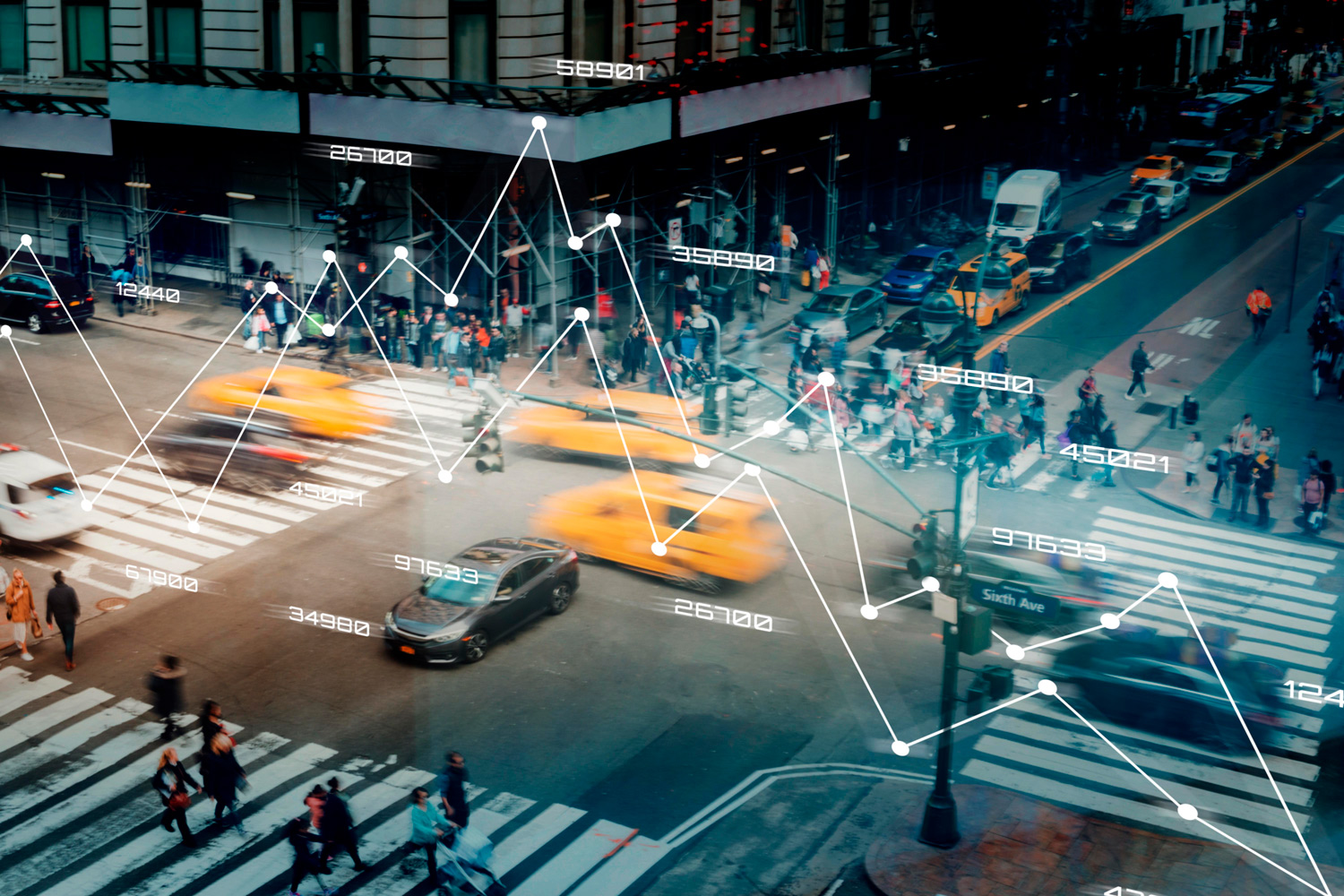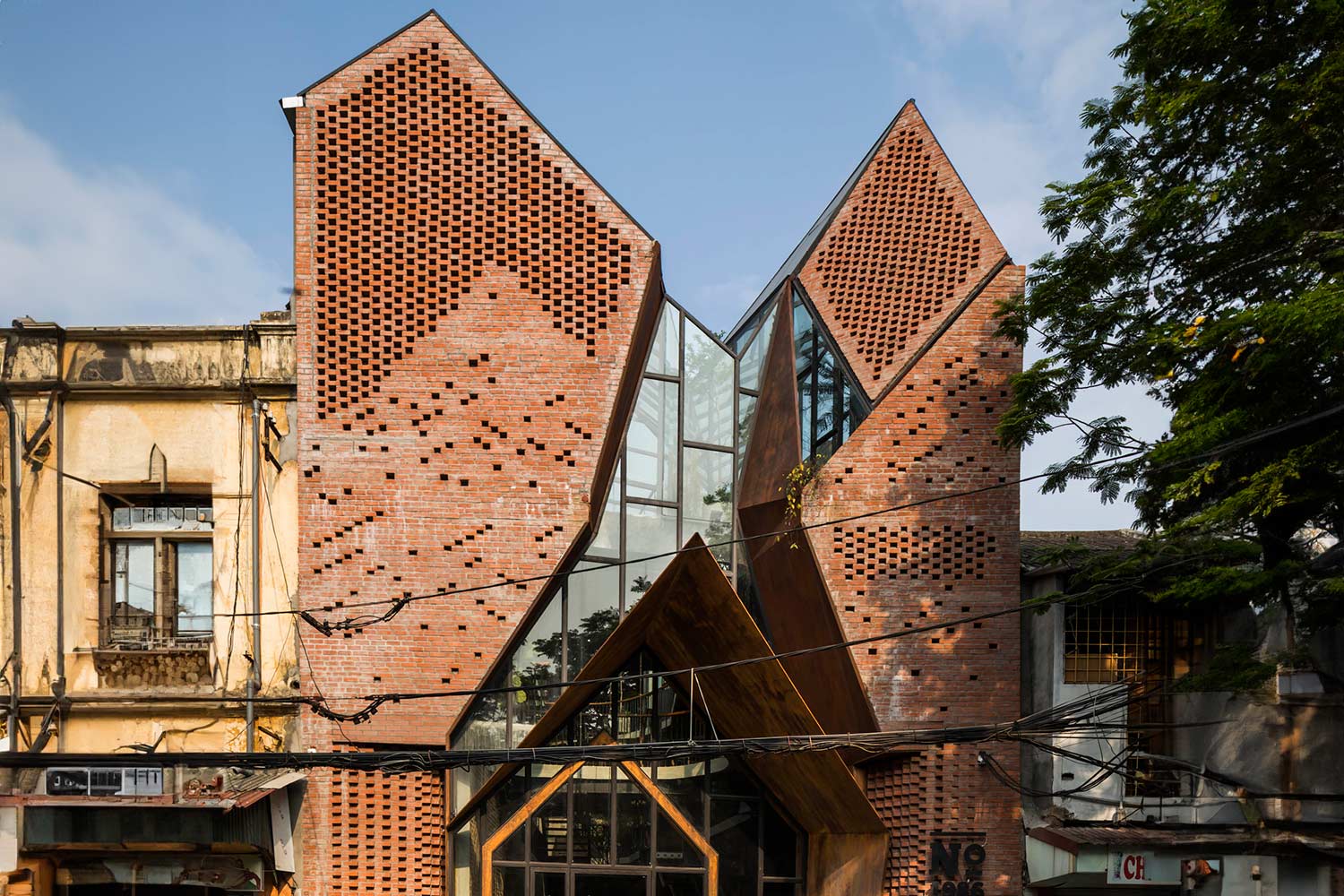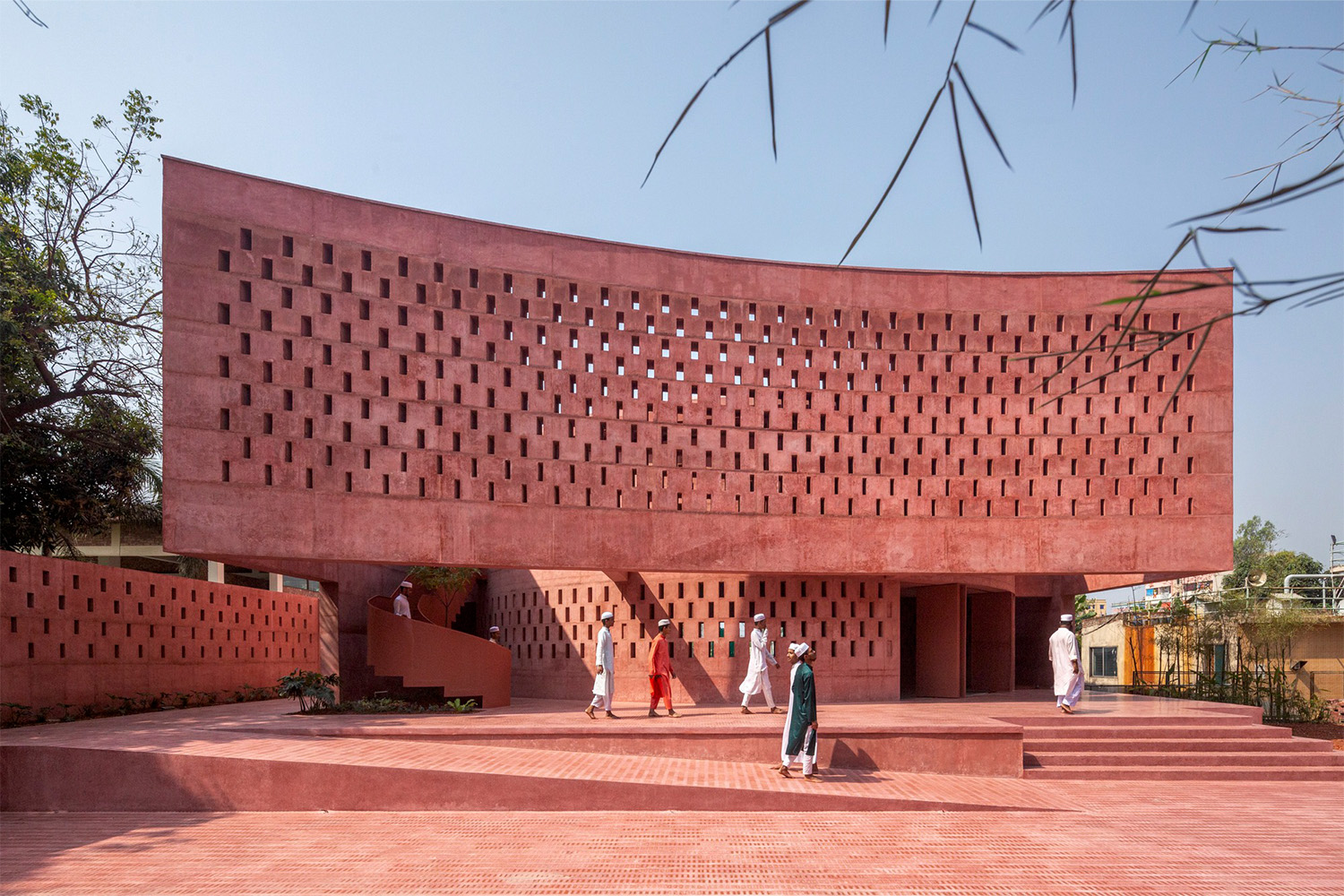
The public, the planned object, and the planners: The essential idea of participatory urban design is to bring these three elements into a transparent and democratic process. A definition of what participatory means can be taken from the book Participatory Design Theory Using Technology and Social Media to Foster Civic Engagement by Oswald Devisch, Liesbeth Huybrechts, Roel De Ridder and goes as follows: “Participation refers to those moments when citizens, organizations, and institutions assemble to renegotiate the common interest. Technology and social media can play a role in initiating, guiding, and sustaining these moments, on the condition that they are open enough to allow for collective experimentation.” Hereby, participatory is not a law and neither a ‘must’ – rather: Cities and local governments attempt to ensure a more wholesome, sustainable and fair planning process.
However, the problems of doing so seem obvious, here summarised by the urban blog Hello Lamp Post – a platform that is working on the intersection of technology and urban planning: “As previously discussed, planning is a complex process controlled by strict statutory requirements. Therefore citizens can become overwhelmed by the jargon and rigid language of public consultation methods. […] Furthermore, in the past (and even still), most public participation and consultation methods have been non-digital. Interestingly, one study found that digital methods of public participation in planning led to citizens critically thinking about their local area and what they would like to see in the future.“

Citizen participation in urban planning projects is a noble and similarly difficult undertaking, and despite the definition, the concept is difficult to grasp: Would one consider its participation, if architects showed two versions of a project in the form of a rendering to the public and the public, could vote for one of them? Is it really participatory if people to whom plans are concerned (such as residents) partake in workshops and discussions, but they are only 5% of all people living in the area at stake? Whatever one considers truly democratic and participatory is up to the people and the municipalities. Generally speaking, two approaches can be distinguished: active and passive participatory planning.
In a paper called How to involve inhabitants in urban design planning using digital tools? An overview of a state of the art, key challenges, and promising approaches, Münster et al. state: “1-way communication does not allow for participatory planning activities, since actual participation can only take place in interaction, thus 2-way. However, the 1-way communication channels may be needed to reach the target audience in the first place and to inform them.” 1-way approaches include, for example, the well-known notice board with a rendering, a newsletter, or an article in a newspaper. 2-way approaches include person-to-person interactions through workshops, applications, installations, and exhibitions. It is this 2-way interaction that is the concern of this article, with particular regard and thought to AI tools (such as ChatGPT) and other digital platforms.
AI in conversations

Artificial intelligence, or, for that matter, an intelligent machine, can be useful in participatory design in two ways. The first is due to its ability to add factual information and content to conversations. An example from Singapore, given by Bee Smart City states, for example: “In Singapore, AI language models such as ChatGPT are already in use to speed up common tasks for civil servants. Like everyone in municipal governments, Singapore’s officials write a lot to create policies, manage operations, or communicate with citizens. Common tasks such as researching and drafting policy papers, answering queries, summarising news, or understanding long documents in a short time can be done by AI. Pair supports writing and ensures that responses to citizen queries are consistent with previous communications.” The chatbot can assist as a fact-checker and by providing arguments, which could be, for example, useful in forums meant for urban discussions such as Skyscrapercity. Here, ChatGPT would need to be embedded in a website and be given a clear task, so that it can assist a conversation between citizens and citizens and planners smoothly without overriding or guiding it.
Further, ChatGPT is great for gathering information about a project site or planned construction, precisely through citizens being able to link the planned object to their own interests. This could mean that an interested citizen might ask: How is the planned object related to sustainability in my neighborhood? In that sense, ChatGPT might also be useful to filter out what is called ‘emotional feedback’ in the handbook of participatory design, that is when “[…] lay people who ‘have no particular competence for treating [issues] but by becoming concerned, transform their incompetence into strength.” Here, an emotional response is posed as a fact – for example, the fact that I personally had an accident on this street makes me not support its refurbishment, despite it having been the only accident on that street – and it is relevant to distinguish such emotional response from facts, without necessarily ignoring it.
AI and data sets

Another aspect of the use of artificial intelligence in participatory urban planning regards AI’s ability for the analysis of large amounts of data. A news outlet dedicated to artificial intelligence called AI Plus Info states: “By analyzing data from daily lives and behavioral patterns of citizens, AI can provide insights into what residents need and want from their city. This democratizes the decision-making process, making it more inclusive and reflective of the community’s needs. This trend aligns with the concept of experimental urbanism, where cities are seen as living laboratories for testing and implementing new ideas.“ AI could either filter specific information out of bigger data sets, for example, how many people that commute between suburban and urban areas use electric vehicles compared to how many people that commute within an urban area do so, which could then inform the placement of charging stations or better policies targeting the support of the use of electric vehicles within an urban space.
Secondly, AI can be used to find connections between various data sets, for example, how many people that live in a given neighborhood also have their social and communal life in that neighborhood and perhaps moved there for that reason. This could inform the provision of urban furniture and cultural centers at the right locations. Hereby, the participation builds on the premise that citizens are willing to use technology or provide real-time geolocation for AI data analysis. On one hand, this requires smart and easy-to-use tools, whose task is precise and defined, citizens whose data is securely protected and anonymous, and planners who know how to use these tools.
Other digital tools

“Most large scale-projects have official project websites and employ social media channels like Facebook and Twitter, and so do initiatives against planning projects. Consequently, the employment of digital media and tools to enable participation of inhabitants in urban planning processes on a massive scale is promising,” state the authors in the paper How to involve inhabitants in urban design planning by using digital tools? In our recent article on the Rail Baltic project, such a website existed as well. Digital tools, such as social media – Twitter, Facebook, Instagram – can be beneficial in various ways.
First, as stated in the handbook of participatory design: “[S]ocial media platforms can potentially help designers discover existing (active) local communities in physical (public) spaces and get insights into the network(s) they are part of.” Secondly, social media is a useful tool to share an experience, such as having visited an exhibition about an upcoming construction or gathering a quick (perhaps not so reliable) opinion about something via, for example, polls in Instagram stories. Lastly, geo-location data can help planners to understand how many people are in one space for how long and at which times.
Generally, however, using social media for anything else other than to initiate a participatory process seems difficult, vague and often unclear. Additionally, on the one hand, the provision of social media data by people using a certain space can still be somewhat called participation – as long as these people are aware of it – it seems to remain on a more passive level. A more wholesome approach would be to create more awareness of websites such as https://participedia.net/, which helps citizens to learn how to engage in their local communities. Overall, before letting any digital tools assist and potentially steer participation, stakeholders need to answer the following questions: What is there to do, and which information is needed? How can it be done best, meaning fair and early on in the design process? Through which tools and means can it be done in the most inclusive way whilst helping citizens to get motivated and informed about the content and their participation?







































